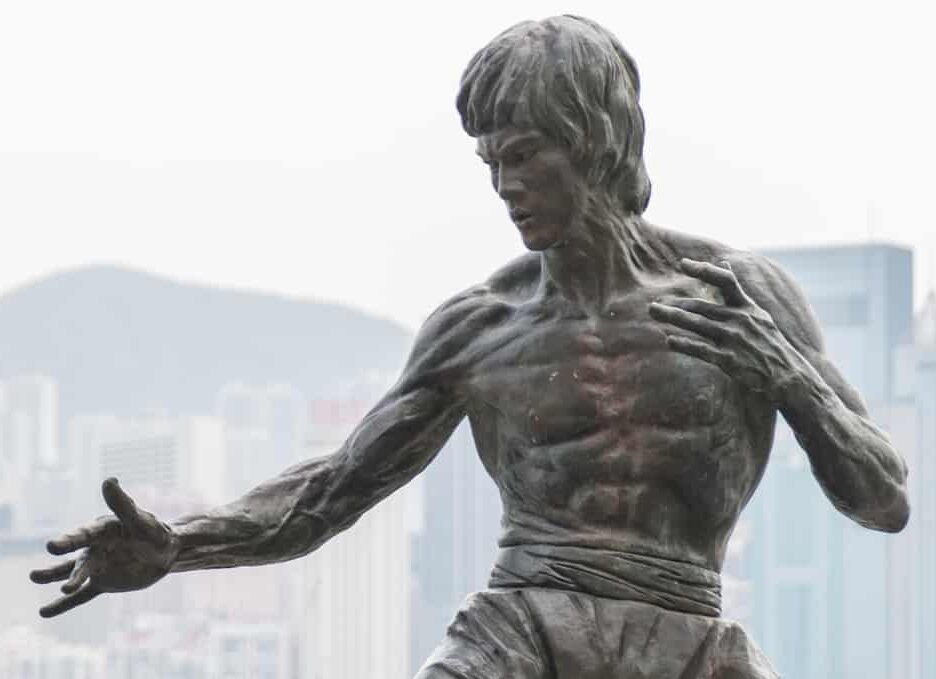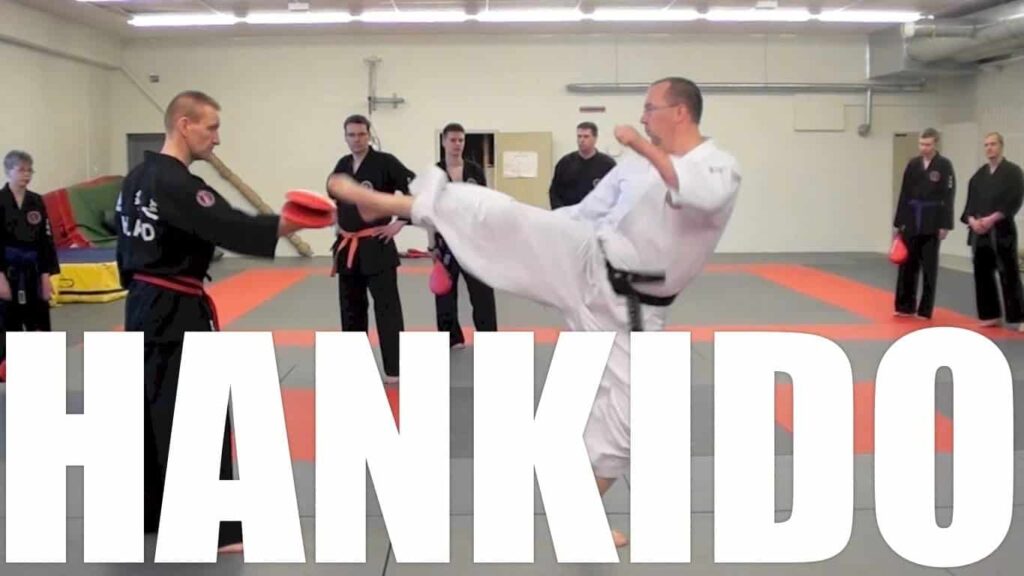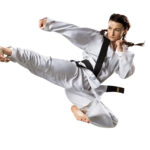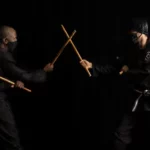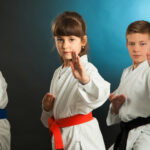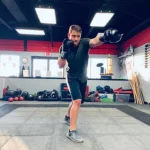Created by a martial artist named “Myung Jae Nam” is an East Asian form of combat known as Hankido. This “fluid” martial art form is said to have originated from South Korea. Apparently, the term Hankido has been derived by combining the words “Hanguk” (meaning South Korea) and “Hapkido” (another South Korean martial art form), and when literally translated means “The way for Korean people to develop their internal strength/energy”. Furthermore, this combat style is also said to be closely linked to “Aikido”.
History/origin of the Hankido:
According to the cultural history of South Korea, Hankido was first developed during the 1980’s in the country by a martial artist named Myung Jae Nam. Apparently, Nam had studied the traditional Korean martial form called Hapkido. Furthermore, it was using elements belonging to Hapkido that he developed a new form of combat which was named “Hankido”. This term “Hankido” was coined using three Chinese characters (hanja) which include Han which means Korean culture and mentality, Ki means internal energy, spirit, strength, or power, and Do which means the way. In addition, when translated Hankido basically means “The way for Korean people to develop their internal energy/strength. This form of martial art was officially first introduced into the public domain during the 1st international H.K.D. games held in Seoul.
Weapons used in the Hankido:
Since “striking” techniques are mainly used by the fighter in Hankido, the fighter mainly uses “hands and feet” as a weapon.
The technique used in the Hankido and training availability:
In terms of technique, a fighter basically uses moves such striking, sparring, spinning, dancing etc. In addition, this form of combat is mainly based on three principles that include Won, Yu, and Hwa. Furthermore, it also consists of 12 self defense techniques known as “Ho shin Do” which is connected to 24 breathing techniques. These twelve types of self defense techniques used in Hankido are as follows:
- Kwan Jul Ki Bub
- Chi Ki Bub
- Sib Ja Ki Bub
- Nae Wae Ki Bub
- Kyeo Rang Ki Bub
- Mok Kama Bub
- Mok Keokki Bub
- Oh Kae Too Bub
- Joong Pal Too Bub
- Hwae Jeon Too Bub
- Pal Mok Ki Bub
- Pal Bae Ki Bub
As for training centers/schools, there are number of them available around the world for those interested in learning this “fluid” martial art form.
